For an area that’s only one square mile, the City of London (or Square Mile) packs a punch for visitor attractions – whether you want to get a bird’s eye view of the City skyline or see what lies beneath… (did we mention Leadenhall Market is built on the site of the old Roman Basilica… and you can still see some of the remains below one of our shops!).
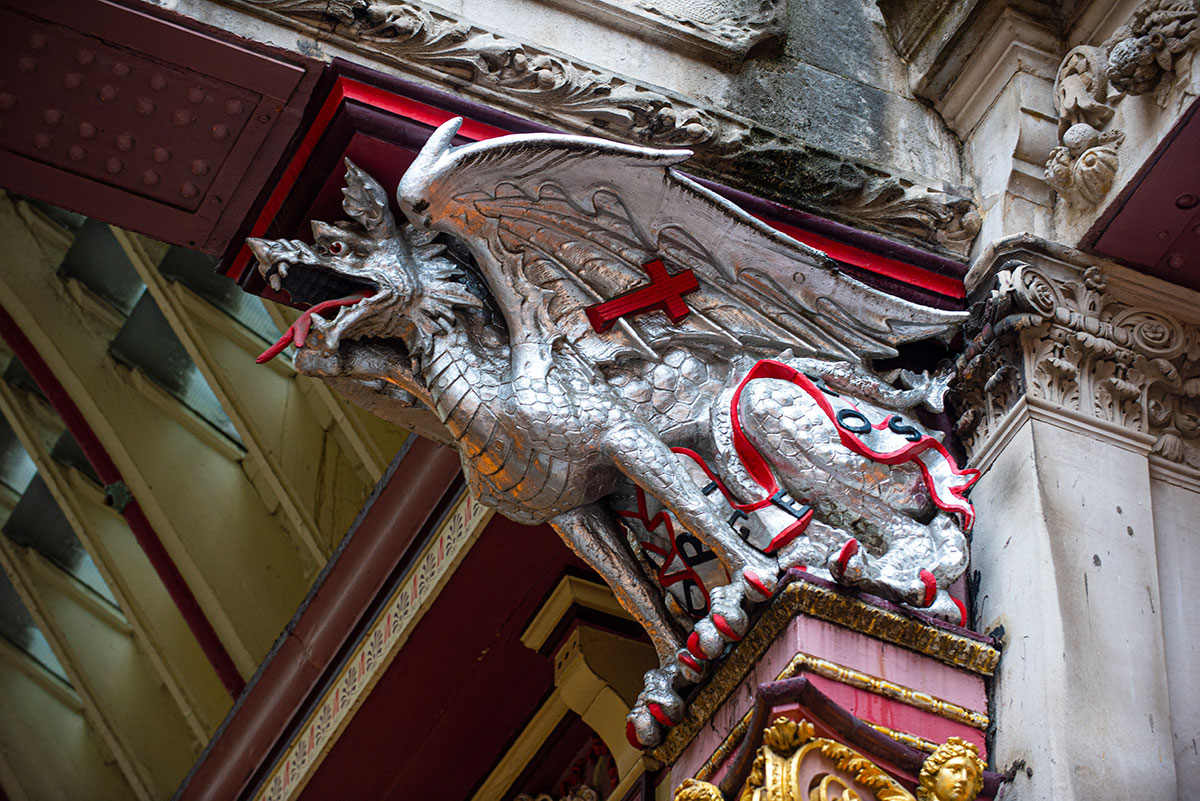
The City of London is based on the Roman town of Londinium – founded in AD50, sitting at a key crossing point over the River Thames which made it a commercial hub for Roman Britain. It constituted most of London from Roman times to the Middle Ages and although London as we know it now stretches far beyond this one square mile, The City of London is still an important part of Central London and the capital’s financial and business centre. To find out more about the City’s fascinating history and the tales of the people who’ve made it their home, we suggest walking to The Museum of London – it’s less than twenty minutes away by foot and packed full of information and artefacts from Roman London through to The Great Fire, World War Two and stories from The Windrush.
Iconic attractions, Tower Bridge and St Paul’s Cathedral are synonymous with London and also top of our list of places to go while you’re here – and with the City being just a short walk from the West End and the Southbank, it’s easy to fit into your day out.
Located on Ludlow Hill, the highest point of the city, a cathedral dedicated to St Paul has stood on this very spot for 1,400 years. The current structure was designed by Britain’s most famous architect, Sir Christopher Wren, and was part of the rebuilding of London after The Great Fire. Its iconic dome has dominated the London skyline for 300 years and survived a near miss during the Blitz.
Visitors climbing the interior dome can murmur sweet nothings in the whispering gallery – so called because of its acoustic properties: a whisper or low murmur against its wall at any point is audible to a listener with an ear held to the wall at any other point around the gallery. You can also climb right up to the peak of the outer dome to enjoy views across London, as well as visit the crypt where some of our nation’s greatest heroes are buried including the Duke of Wellington and Lord Nelson.
The Cathedral also holds hourly prayers and daily services open to the public as well as guided tours.
Iconic attractions, Tower Bridge and St Paul’s Cathedral are synonymous with London and also top of our list of places to go while you’re here – and with the City being just a short walk from the West End and the Southbank, it’s easy to fit into your day out.

2. The Monument
The Monument to the Great Fire of London was also designed by Sir Christopher Wren and Robert Hooke. Built to commemorate the Great Fire of London, it stands at the junction of Monument Street and Fish Street Hill. The Monument stands 202 feet tall, the same distance to the west of the location of the bakery in Pudding Lane where the Great Fire started. Constructed between 1671 and 1677, it was built on the site of St Margaret, New Fish Street, the first church to be destroyed by the Great Fire.
Wren and Hooke also originally meant for the Monument to double as a zenith telescope for scientific experiments but traffic vibrations from Fish Hill rendered it unsuitable.
Visitors can climb the 311 steps to the viewing tower for panoramic views of the City of London and read the Latin inscriptions on three sides of the base which describe the actions taken during and after the fire.
The Museum of London documents the history of our amazing capital, from ‘London before London’ in 450,000 BC, through Roman Londinum, plague, fire and war, right up to the technological and cultural hub we call home today.
The Museum of London‘s London Wall site is now closed after 45 amazing years. We’re looking forward to visiting the new museum in 2026 at the heart of historic West Smithfield. Smithfield Market was also designed by City architect Sir Horace Jones – just like our current Leadenhall Market building.
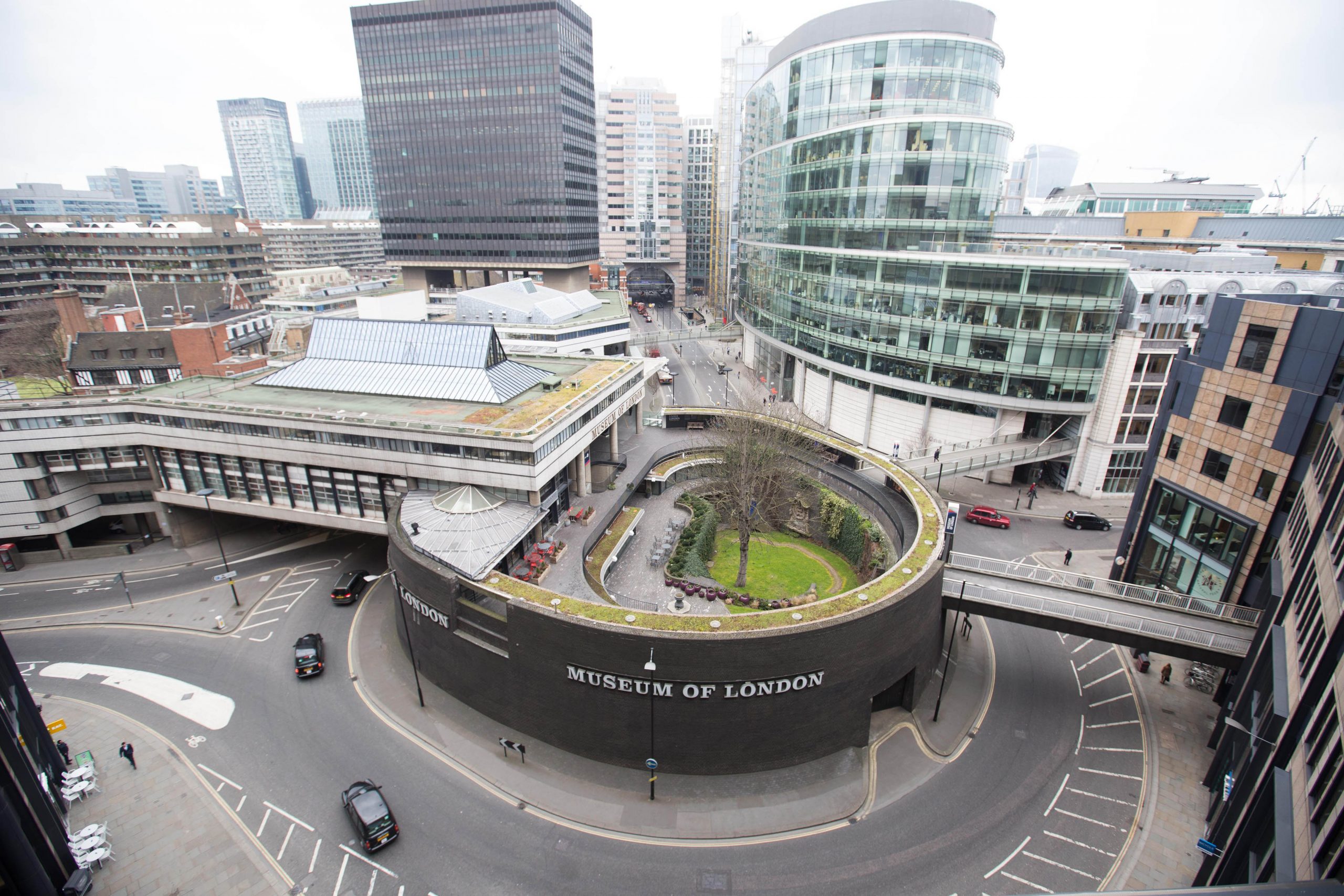
Just next door to the Museum of London sits the Brutalist behemoth of the Barbican Estate and within it the Barbican Centre. A leading performing arts centre and the largest of its kind in Europe, the Barbican Centre hosts music, theatre, film and art exhibitions as well as a library, three restaurants, and the Insta-famous Barbican Conservatory which houses thousands of palms, ferns and tropical plants.
Classical music fans take note, both the London Symphony Orchestra and the BBC Symphony Orchestra are based in the centre’s Concert Hall.
Photo by Robert Bye on Unsplash
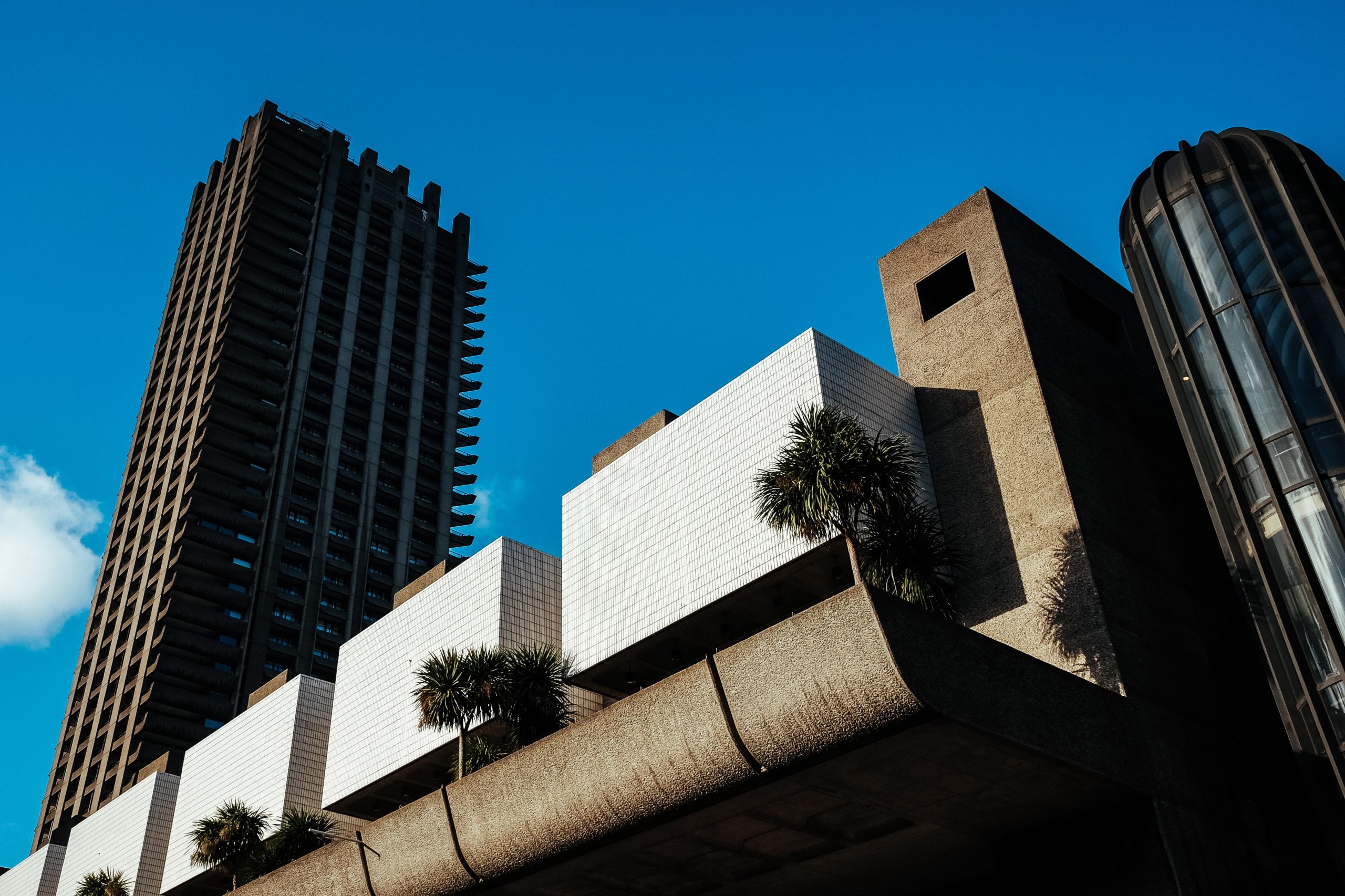
The Guildhall Art Gallery houses the art collection of the City of London and shows a changing display of about 250 artworks from its collection of paintings, drawings and sculpture, in addition to a programme of temporary exhibitions.
Visitors can see some of the City of London’s most famous Victorian artworks, the newly refreshed Undercroft Gallery and unique Roman remains, including London’s only Roman Amphitheatre.
6. Tower Bridge
Possibly London’s most famous landmark, Tower Bridge was also designed by Leadenhall’s architect, Sir Horace Jones. Built between 1886 and 1894, the bridge crosses the River Thames close to the Tower of London and was originally built to give better access to London’s East End.
The bridge is not only a tourist landmark but is still an important traffic route with 40,000 crossings every day. It has a central pair of electro-hydraulic bascules that open to allow ships to pass under the bridge.
The twin towers are connected by high-level walkways, including the West Walkway’s glass floor, forming part of the Tower Bridge Exhibition, which also includes the Victorian engine rooms and pays tribute to the workers of Tower Bridge.

7. Look Up – London’s skyscrapers
While London might be steeped in history and ancient buildings, we also have some of the most impressive skyscrapers in the world that add to our ever-changing skyline. In the Square Mile take a look up and notice our neighbours, all with affectionate nicknames:
Probably the most famous of all the modern skyscrapers is Lord Norman Foster’s 30 St Mary Axe, more commonly known as ‘The Gherkin’. Winning both the Stirling Prize and London Region Award, RIBA 2004, the building is not only a distinctive feature on the skyline but it was also London’s first ecological tall building.
The top heavy ‘Walkie-Talkie’ building at 20 Fenchurch Street, has 34 floors which include office space topped by two sky gardens, one with botanical gardens and 360 degree panoramic views.
The Leadenhall Building, aka ‘The Cheesegrater’ is based at 122 Leadenhall Street and is home to property developers and insurance firms, but visitors can take in its 30m high atrium forming an enclosed public space with shops, cafes and restaurants.
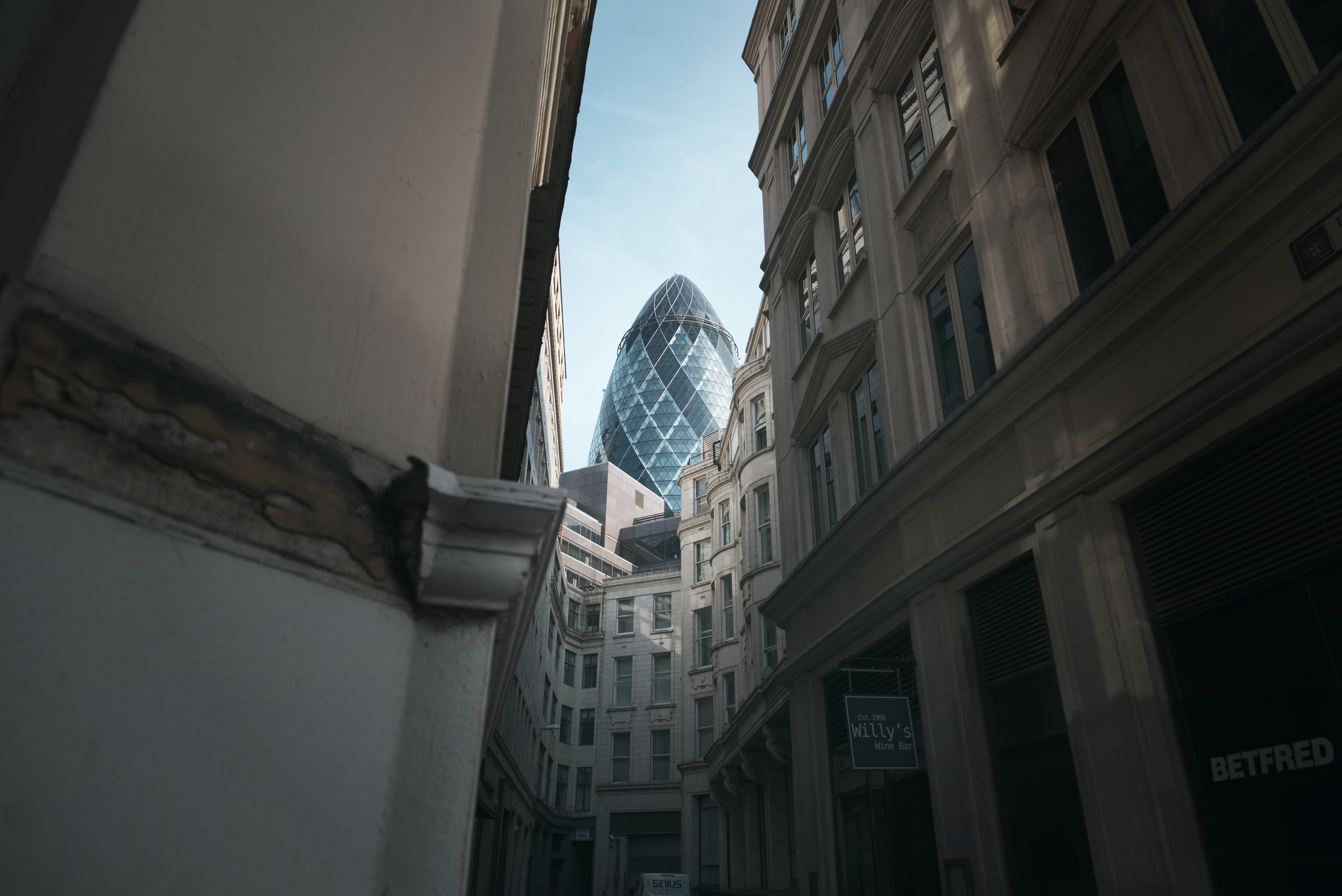
8. Sky Garden
Based in the aforementioned ‘Walkie-Talkie’, Sky Garden is London’s highest public green space. The urban jungle offers panoramic views across the city as well as lush greenery, exquisitely landscaped gardens, observation decks, and an open-air terrace. There’s also plenty to occupy yourself at any time, from morning yoga with a view, brunch, lunch and fine dining, all the way through to live music and DJ nights,
Access to the Sky Garden is free of charge, but spaces are limited. Visits must be booked in advance.
Photo by Greg Jeanneau on Unsplash
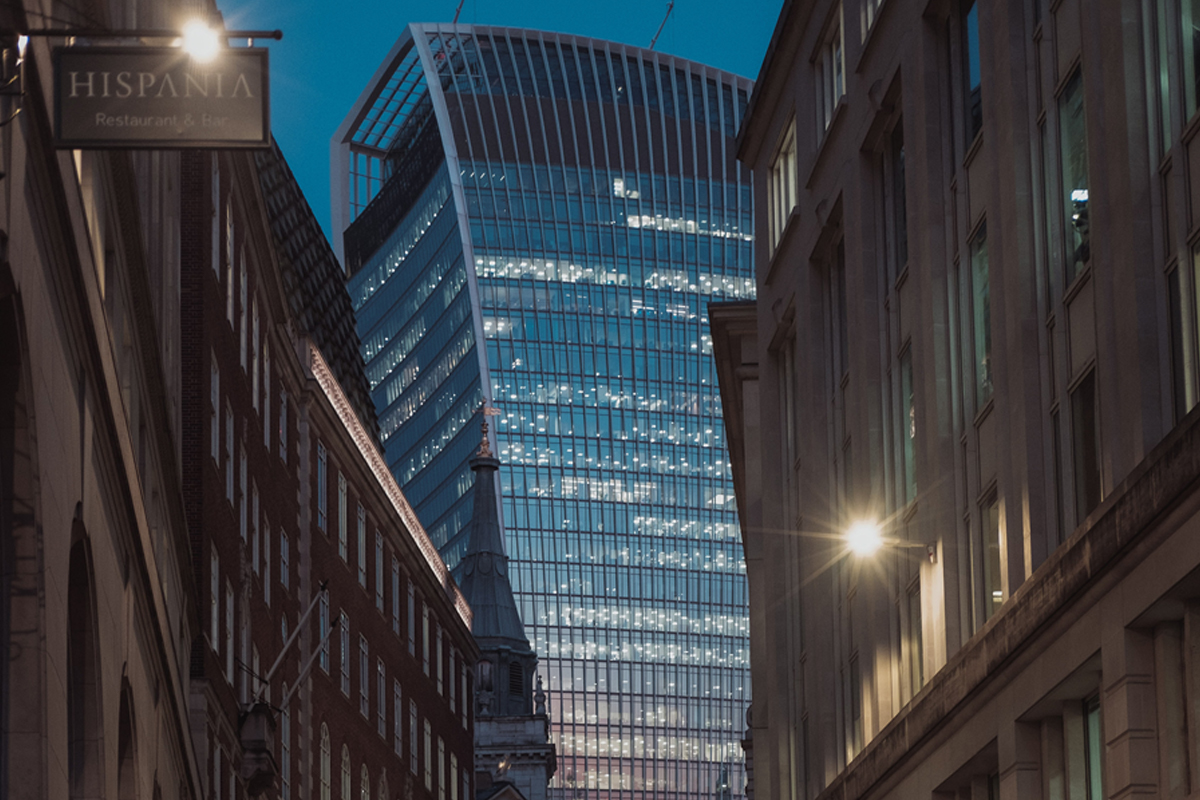
9. London Mithraeum BLOOMBERG Space
This interesting cultural hub is situated on the site of one of London’s lost rivers, the Walbrook, which formed the limit of Roman Londinium’s first settlement. In the 3rd century AD, nearly 200 years after the founding of London, a Roman Londoner built a temple for a mysterious Roman cult, to the god Mithras on this reclaimed ground, next to the river.
Now home to Bloomberg’s European Headquarters, visitors can see remains of the ancient temple, a selection of the remarkable Roman artefacts found during the recent excavations, and a series of contemporary art commissions responding to one of the UK’s most significant archaeological sites.
Visiting is free but they do recommend that you book in advance.
10. Postman’s Park
Just north of St Paul’s Cathedral you can find a little garden with a big heart. Postman’s Park sits on the former churchyard and burial ground of St Botolph’s Aldersgate church but it’s The Watts Memorial to Heroic Self-Sacrifice that brings visitors to this shady corner of the city.
The memorial is comprised of fifty-four plaques commemorating ordinary people who died saving the lives of others, people who may otherwise have been forgotten. Film fans might recognise it from the 2004 film Closer, starring Julia Roberts and Jude Law.
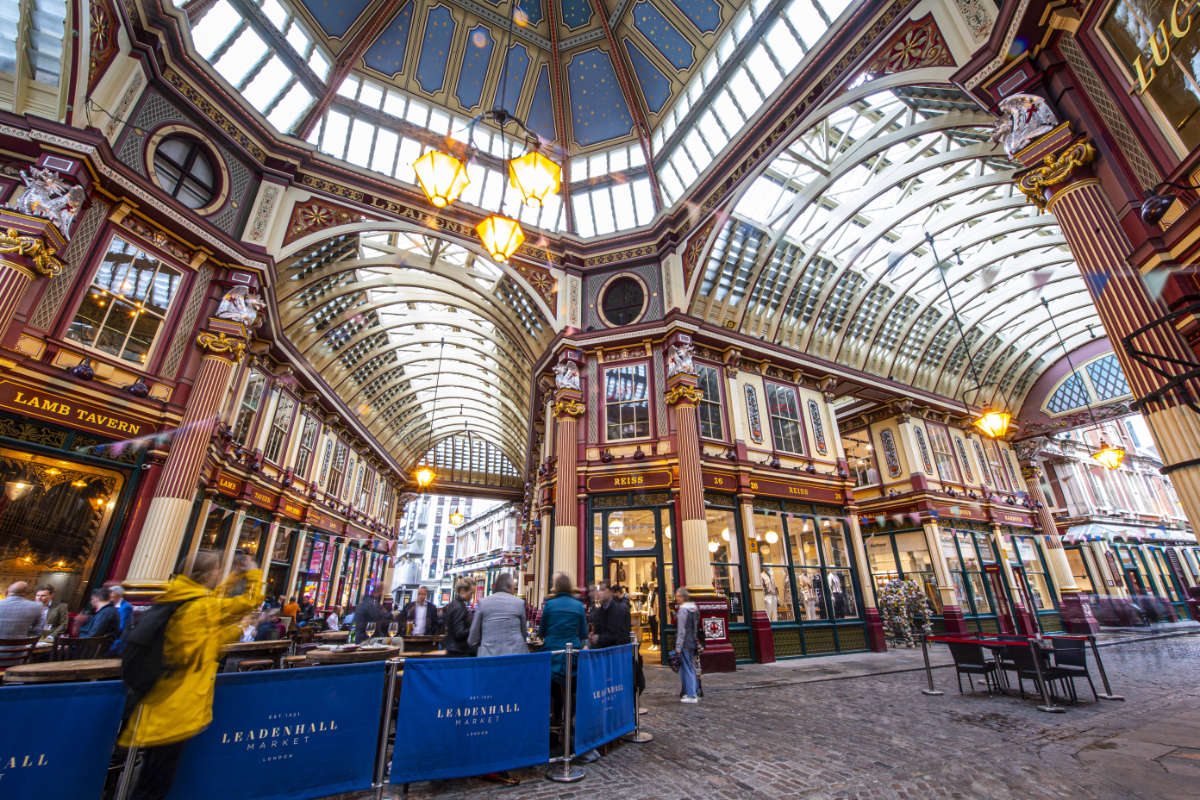
And while you’re in the City don’t forget to pay us a visit at Leadenhall Market, find out more about our history, listen to our Legends of Leadenhall audio tour, peruse our boutique shops, restaurants, cafes, wine bars and have a drink in our award-winning pub, The Lamb Tavern.